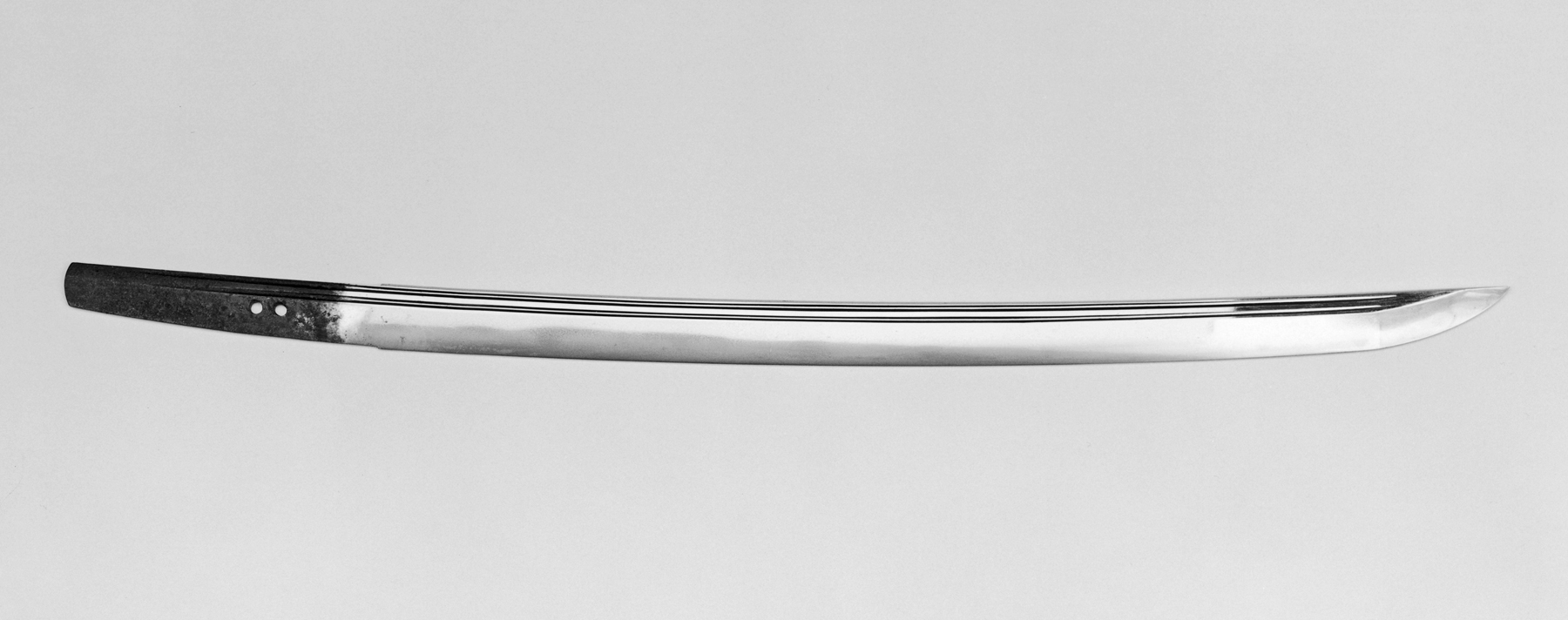|
Razor
A razor is a bladed tool primarily used in the removal of body hair through the act of shaving. Kinds of razors include straight razors, safety razors, disposable razors, and electric razors. While the razor has been in existence since before the Bronze Age (the oldest razor-like object has been dated to 18,000 BC), the most common types of razors currently used are the safety razor and the electric razor. History Razors have been identified from many Bronze Age cultures. These were made of bronze or obsidian and were generally oval-shaped, with a small tang protruding from one of the short ends.Warwickshire County Council: New Prehistoric Archaeology Objects "Even further awa ... [...More Info...] [...Related Items...] OR: [Wikipedia] [Google] [Baidu] |
Straight Razors
A straight razor is a razor with a blade that can fold into its handle. They are also called open razors and cut-throat razors. The predecessors of the modern straight razors include bronze razors, with cutting edges and fixed handles, produced by Artisan, craftsmen from Ancient Egypt during the New Kingdom of Egypt, New Kingdom (1569 — 1081 BC). Solid gold and copper razors were also found in Ancient Egyptian tombs dating back to the 4th millennium BC. The first steel-edged cutthroat razors were manufactured in Sheffield in 1680. By the late 1680s, early 1690s, razors with silver-covered handles along with other Sheffield-made products known as "Sheffield wares" were being exported to ports in the Gulf of Finland, approximately 1200 miles (1931 km) from Sheffield. From there, these goods were probably sent to Finland and even Russia. By 1740, Benjamin Huntsman was making straight razors complete with decorated handles and hollow-ground blades made from cast steel, using a ... [...More Info...] [...Related Items...] OR: [Wikipedia] [Google] [Baidu] |
Safety Razor
A safety razor is a shaving implement with a protective device positioned between the edge of the blade and the skin. The initial purpose of these protective devices was to reduce the level of skill needed for injury-free shaving, thereby reducing the reliance on professional barbers. Protective devices for razors have existed since at least the 1700s: a circa 1762 invention by French cutler Jean-Jacques Perret added a protective guard to a regular straight razor. The first known occurrence of the term "safety razor" is found in a patent from 1880 for a razor in the basic contemporary configuration with a handle in which a removable blade is placed (although this form predated the patent). Safety razors were popularized in the 1900s by King Camp Gillette's invention, the double-edge safety razor. While other safety razors of the time used blades that required stropping before use and after a time had to be honed by a cutler, Gillette's razor used a disposable blade with two s ... [...More Info...] [...Related Items...] OR: [Wikipedia] [Google] [Baidu] |
Shaving
Shaving is the removal of hair, by using a razor or any other kind of bladed implement, to slice it down—to the level of the skin or otherwise. Shaving is most commonly practiced by men to remove their facial hair and by women to remove their leg and underarm hair. A man is called ''clean-shaven'' if he has had his beard entirely removed. Both men and women sometimes shave their chest hair, abdominal hair, leg hair, underarm hair, pubic hair, or any other body hair. Head shaving is much more common among men. It is often associated with religious practice, the armed forces, and some competitive sports such as swimming, bodybuilding, and extreme sports. Historically, head shaving has also been used to humiliate, punish, for purification or to show submission to an authority. In more recent history, head shaving has been used in fund-raising efforts, particularly for cancer research organizations and charitable organizations which serve cancer patients. The shaving of head ... [...More Info...] [...Related Items...] OR: [Wikipedia] [Google] [Baidu] |
Electric Razor
An electric shaver (also known as the dry razor, electric razor, or simply shaver) is a razor with an electrically powered rotating or oscillating blade. The electric shaver usually does not require the use of shaving cream, soap, or water, known as dry shaving, although many users still prefer a skin lubricant for comfort. The razor may be powered by a small DC motor, which is either powered by batteries or mains electricity. Many modern ones are powered using rechargeable batteries. Alternatively, an electro-mechanical oscillator driven by an AC-energized solenoid may be used. Some very early mechanical shavers had no electric motor and had to be powered by hand, for example by pulling a cord to drive a flywheel. Electric shavers fall into two main categories: foil shavers or rotary shavers. Users tend to prefer one or the other. Foil shavers can shave closer to the skin and are preferred by professional barbers, while rotary shavers use rotating blades on the shaving head ... [...More Info...] [...Related Items...] OR: [Wikipedia] [Google] [Baidu] |
Shave Brush
A shaving brush or shave brush is a small brush with a handle parallel to the bristles used to make lather from shaving soap or shaving cream and apply it to the face when shaving. Shave brushes are often decorative; antique handles are often made from materials such as ivory or even gold, though the bristle load may be composed of any number of natural or synthetic materials. The shave brush is used most often today by " wet shavers" in tandem with a single- or double-edged safety razor or a straight razor. However, this is not always the case, as shavers of all varieties may employ the tool. History The modern shaving brush may be traced to France during the 1750s. The French call a shaving brush ''blaireau'' or "badger, because high-end brushes use badger hair." Quality of these brushes differed greatly, as materials used to fashion the handles varied from the common to the exotic. It was not uncommon for handles to be made of ivory, gold, silver, tortoiseshell, crysta ... [...More Info...] [...Related Items...] OR: [Wikipedia] [Google] [Baidu] |
Magdalenenberg Cut And Shave
Magdalenenberg is the name of an Iron Age tumulus near the city of Villingen-Schwenningen in Baden-Württemberg, Germany. It is considered the largest tumulus from the Hallstatt period in Central Europe with a volume of 33.000 cubic meters. History The central tomb, where an early Celtic Prince (''Keltenfürst'') was buried, has been dendrochronologically dated to 616 BC. The mound, which is still distinctly silhouetted against the landscape, once possessed a height of 10–12 m (now about 8 m) and a diameter of 104 meters. Little is known about the people who erected it, and current research focusses on the identification of their settlement. In the decades after the Prince's death, 126 further graves were mounted concentrically around the central tomb. At around 500 BCE, this tomb was plundered by grave robbers, whose wooden spades were later found by archaeologists. During the Middle Ages and the Early Modern period, the Magdalenenberg was still ... [...More Info...] [...Related Items...] OR: [Wikipedia] [Google] [Baidu] |
Cutlery
Cutlery (also referred to as silverware, flatware, or tableware) includes any hand implement used in preparing, serving, and especially eating food in Western culture. A person who makes or sells cutlery is called a cutler. While most cutlers were historically men, women could be cutlers too; Agnes Cotiller was working as a cutler in London in 1346, and training a woman apprentice, known as Juseana. The city of Sheffield in England has been famous for the production of cutlery since the 17th century and a train – the ''Master Cutler'' – running from Sheffield to London was named after the industry. Bringing affordable cutlery to the masses, stainless steel was developed in Sheffield in the early 20th century. The major items of cutlery in Western culture are the knife, fork and spoon. These three implements first appeared together on tables in Britain in the Georgian era. In recent times, hybrid versions of cutlery have been made combining the functionality of differe ... [...More Info...] [...Related Items...] OR: [Wikipedia] [Google] [Baidu] |
Shaving Soap
Shaving soap (sometimes called a shaving puck) is a hard soap that is used to produce lather with a shaving brush. The lather it produces is used to coat the face during shaving, softening the hair in preparation for shaving. While shaving soap produces plenty of dense and long-lasting lather, its use in modern times is less widespread and has been overtaken by various types of shaving cream. History Hard shaving soaps in their modern form have existed since at least the early 19th century. Williams (a common American shaving soap intended for use in a mug rather than a scuttle) has been produced since 1840, and a US patent for a shaving scuttle for use with a hard soap was granted in 1867.J. P. Brooks and J. McGrady "Improvement in shaving-cups" Issue date: July 1867 Shaving sticks (shaving soap formed into a cylinder) have existed at least since the mid-19th century. The 21st Century has seen a pop culture renaissance of Wet Shaving and thus, shaving soaps have become in ... [...More Info...] [...Related Items...] OR: [Wikipedia] [Google] [Baidu] |
Blade
A blade is the Sharpness (cutting), sharp, cutting portion of a tool, weapon, or machine, specifically designed to puncture, chop, slice, or scrape surfaces or materials. Blades are typically made from materials that are harder than those they are intended to cut. This includes early examples made from flaked stones like flint or obsidian, evolving through the ages into metal forms like copper, bronze, and iron, and culminating in modern versions made from steel or ceramics. Serving as one of humanity's oldest tools, blades continue to have wide-ranging applications, including in combat, cooking, and various other everyday and specialized tasks. Blades function by concentrating force at the cutting edge. Design variations, such as serrated edges found on bread knives and saws, serve to enhance this force concentration, adapting blades for specific functions and materials. Blades thus hold a significant place both historically and in contemporary society, reflecting an evolution i ... [...More Info...] [...Related Items...] OR: [Wikipedia] [Google] [Baidu] |
Body Hair
Body hair or androgenic hair is terminal hair that develops on the human body during and after puberty. It is different from head hair and also from less visible vellus hair, which is much finer and lighter in color. Growth of androgenic hair is related to the level of androgens (male hormones) and the density of androgen receptors in the dermal papillae. Both must reach a threshold for the proliferation of hair follicle cells. From childhood onward, regardless of sex, vellus hair covers almost the entire area of the human body. Exceptions include the lips, the backs of the ears, palms of hands, soles of the feet, certain external genital areas, the navel, and scar tissue. Density of hair – i.e. the number of hair follicles per unit area of skin – varies from person to person. In many cases, areas on the human body that contain vellus hair will begin to produce darker and thicker body hair during puberty, such as the first growth of beard hair on a male and female adole ... [...More Info...] [...Related Items...] OR: [Wikipedia] [Google] [Baidu] |







